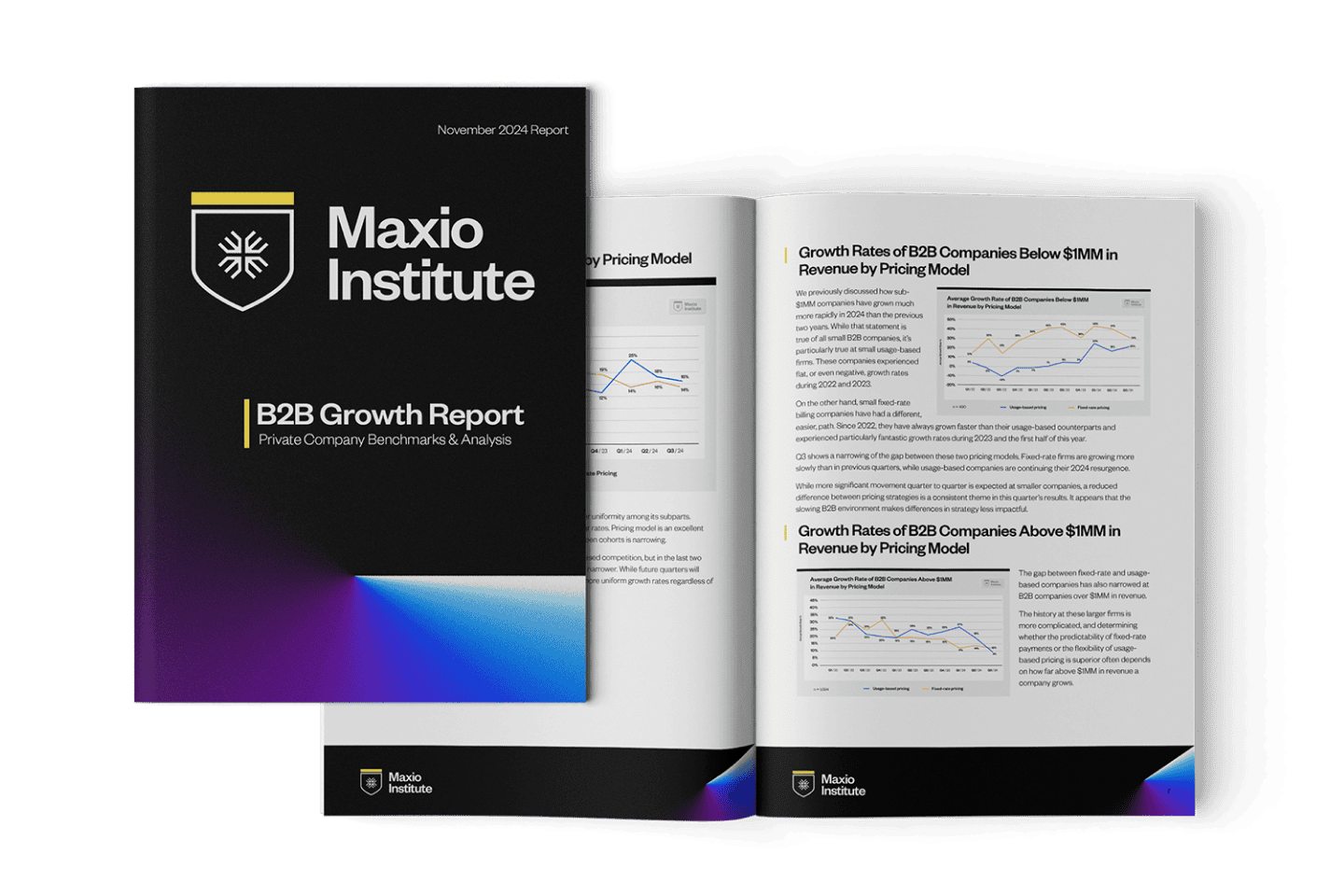It’s an exciting time to be a SaaS business. With the model’s explosive growth, more money than ever is being invested in SaaS. We talk a lot about metrics and the KPIs you should track in order to scale, but which indicators do investors use to evaluate the potential risk vs. return of SaaS investments? Chad Hooker, vice president at growth equity firm Fulcrum Equity Partners, shared his advice for getting an investor’s attention and 7 tips for standing out among the multitude of SaaS businesses attempting to raise capital:
Engage Early
Hooker advises that it’s never too early to build rapport with venture capital firms, especially in a competitive market. “You may not be ready to raise capital, but sharing your plans and following through with them builds credibility,” said Hooker. “With nearly half of our deals, we met with founders early. In cases where the investment wasn’t a fit for Fulcrum, we followed the entrepreneur, added value where we could, provided feedback on their business plan and simply acted as a thought partner on their go-to market strategy.” Hooker also suggests that accelerators or incubators are a good way to get in front of investors.
Show Value and Potential for Growth
Once you get an investor’s attention and are ready to raise capital, certain indicators will move the needle and make your business stand out. Hooker shares that his team often considers whether a business is bringing to market a merely “nice to have” product or a more vital “need to have” product. In other words, your value proposition must be strong.Investors also want to see that the solution you’ve built is scalable. “We want to know if there is enough market depth and size for your business to double, triple or quadruple over a relatively short period of time,” said Hooker. “If we invest $10 million into a Series A or B round, for example, we want to understand your path to generating $10-15 million in incremental ARR. Incremental ARR will hopefully trade for 6-8 times in the market and if we own 20-30%, then we’ve generated at least a 20-25% return for our investors.” SaaS founders are often unsure how to size the market and show it has the depth to scale. Hooker advises them to look at the market from the bottom-up. “Using Maxio as an example, there are roughly 50,000 B2B SaaS companies and, while the top 2,000 are probably using an ERP system, the bottom 5,000 are likely going to use spreadsheets indefinitely,” he said. “We multiply the ASP by the number of addressable targets to determine market size. Take a macro top-down view, but also evaluate the market from a bottom-up perspective.”
Stand Out
To stand out, you need a plan to outperform the competition. “We also want to understand platform differentiation in particular,” said Hooker. “It’s a key piece of diligence, so we devote a good deal of time making calls to customers to validate the pain points a business claims to solve, and also to understand what makes the business different in the eyes of the customer. Typically, we reach out to the top two or three customers, one or two recently signed customers and then a churn customer to understand why they decided to leave. This is something founders should prepare for as they start to raise capital.”
Build a Strong Team
Investors want to see that you’ve built a strong team. “We put risk in three buckets when making a venture capital investment—market risk, product risk and execution risk,” explained Hooker. “We can get comfortable with market and product risk during diligence but as we move into a Series A or B, we’re really taking a risk that the founder and team can execute their plan.” Hooker frequently gets asked about the qualities of a good leadership team, which for him are perseverance and self-awareness. “At some point, your business is going to lose talent and customers, but you have to persevere,” he said. “Good founders are also self-aware and know what they’re good at and what others on their team can do better.”
7 Tips for the Pitch
Once you’re ready to pitch to investors, keep these tips from Fulcrum Equity Partners in mind:
- Surround yourself with good advisors and mentors who have been through a capital raise. You probably don’t need a banker for a Series A or B or even a Series C for that matter, but find a strong legal advisor who has experience with venture deals and can help you negotiate some of the key documents.
- Create a good pitch deck that tells your story in a concise manner. Include slides on financial traction, momentum and growth strategy. You want to make sure that everyone at the table walks away with a really clear view of what you do for customers, your go-to-market growth plan and how you can 5x the size of the business over a relatively short amount of time with additional capital.
- Get an introduction. We’re a $200M fund and see around 1,100 pitches each year, but only invest in up to four. The yield on venture investing is really small. Every business plan gets the attention needed to evaluate it properly, but a warm introduction to your business certainly helps, especially if it comes from a credible referral.
- Have a data room of key diligence items ready to go. Coming out of a great meeting, that’s likely going to be the first request. If an investor likes your business model and sees an opportunity, they’ll want to peel back the onion and get in the data room.
- Be thoughtful about how much you want to raise and how you’ll use the funds. The rule of thumb today seems to be to raise what you need for 12 months but give yourself a couple months of cushion, so call it 12 to 15 months, and raise what you need to execute on your plan. If you see a competitor announce a $25M round, but you can do it with $5M – $10M, go for it because you’ll have much less dilution.
- Take time for reference calls with other CEOs in the portfolio. It’s cliché but it truly is like a marriage. The average relationship for a venture deal is five to seven years and it’s not always going to be up and to the right. We’ve exited some companies in as little as one year, but we’ve had some that we’ve been with for over 10 years. You want to make sure your investor shares the vision and objectives for building the business.
- Most importantly, at the end of the day a VC is taking a leap of faith and making an investment. The more data points and metrics you can share to help them measure and validate your success, the easier it will be for them to make that leap. We’re big believers in data and metric-driven businesses. It’s never too early to start.


